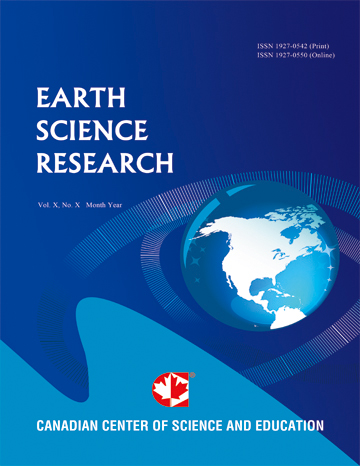Use of Topographic Map Evidence From Drainage Divides Surrounding Wyoming’s Great Divide Basin to Compare Two Fundamentally Different Regional Geomorphology Paradigms
- Eric Clausen
Abstract
Divide crossings (or low points or gaps) notched into the North American east-west continental divide segments completely encircling Wyoming’s Great Divide Basin interior drainage region (as observed on detailed topographic maps) are used to compare the commonly accepted regional geomorphology paradigm with a fundamentally different and new regional geomorphology paradigm. Paradigms are sets of rules governing how a scientific discipline conducts its research and are judged on their ability to explain observed evidence. Published literature is used to contrast an accepted paradigm interpretation that east-oriented drainage previously flowed across what is now the Great Divide Basin with the new paradigm basic requirement that mountain range and continental divide uplift occurred while immense south-oriented floods flowed across them. Numerous divide crossings are notched into the continental divide segments now completely encircling the relatively flat-floored Great Divide Basin interior drainage area and divide crossings observed along each of the Great Divide Basin’s north, east, south, and west margins are described and interpreted first from the accepted paradigm perspective (using published literature interpretations to the extent possible) and second from the new paradigm perspective. The published literature does not mention most of the described divide crossings, much less provide explanations for their origins, perhaps because the accepted paradigm cannot satisfactorily explain those origins. In contrast the new paradigm successfully explains most if not all of the described (and observed, but undescribed) divide crossings, although the new paradigm requires a completely different middle and late Cenozoic regional geologic history than what most published regional geology literature describes.
- Full Text:
 PDF
PDF
- DOI:10.5539/esr.v9n1p45
Index
Contact
- Lesley LuoEditorial Assistant
- esr@ccsenet.org
